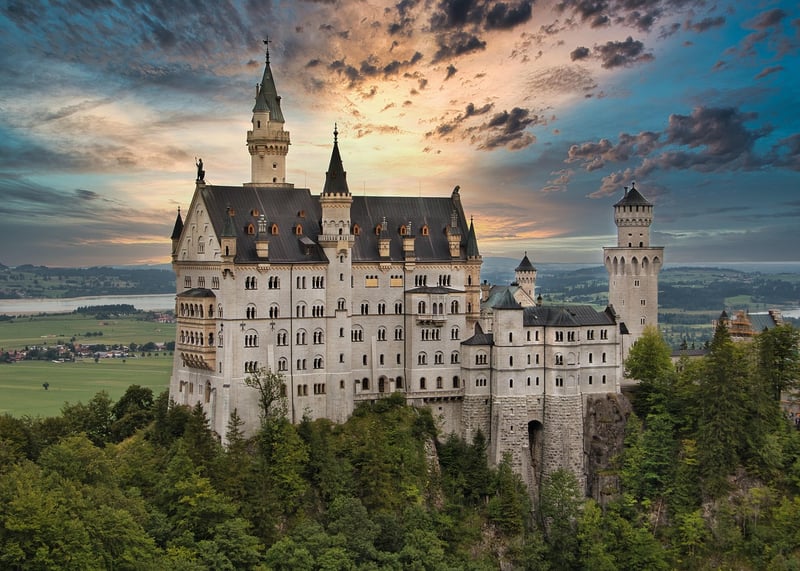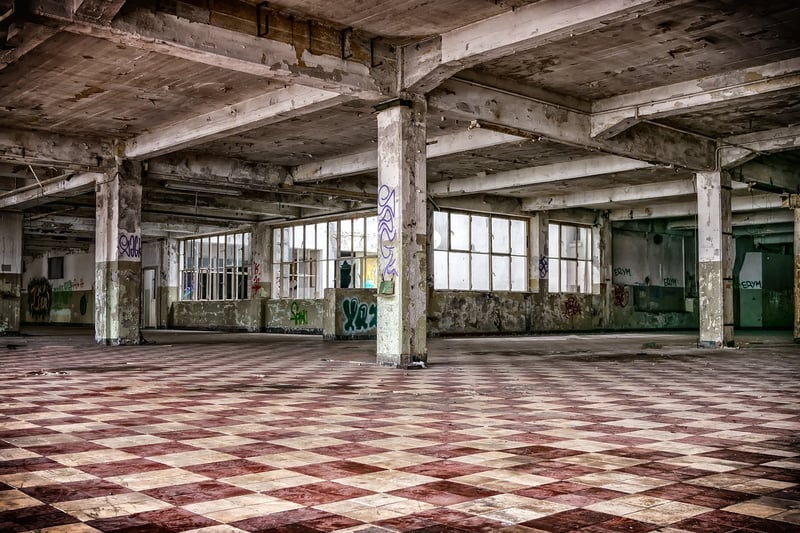Future Exploration
Exploring Different Eras and Future Exploration
Introduction
Exploring different eras allows us to understand the evolution of humanity and the world we live in. From ancient civilizations to modern technology, each era has shaped our present and will influence our future exploration.
Ancient Era
The ancient era, characterized by civilizations like the Egyptians, Greeks, and Romans, laid the foundation for art, architecture, and governance. Exploring ancient ruins, such as the pyramids of Egypt or the Colosseum in Rome, provides insights into our ancestors' way of life.

Medieval Era
The medieval era, with knights, castles, and feudalism, marked a time of chivalry and conflict. Exploring medieval castles and battlefields offers a glimpse into the struggles and triumphs of the past.

Industrial Era
The industrial era brought about mechanization, urbanization, and mass production. Exploring industrial revolution sites, like factories and railways, showcases the impact of technology on society and the environment.

Modern Era
The modern era, characterized by globalization, digitalization, and space exploration, has connected the world like never before. Exploring modern cities, technology hubs, and space centers reveals the advancements of the present age.

Future Exploration
Future exploration holds the promise of new frontiers, from space travel to deep-sea exploration. Advancements in robotics, artificial intelligence, and sustainability will shape how we explore and interact with the world beyond.
Conclusion
By exploring different eras and embracing future exploration, we can learn from the past, innovate in the present, and pave the way for a better future for generations to come.
